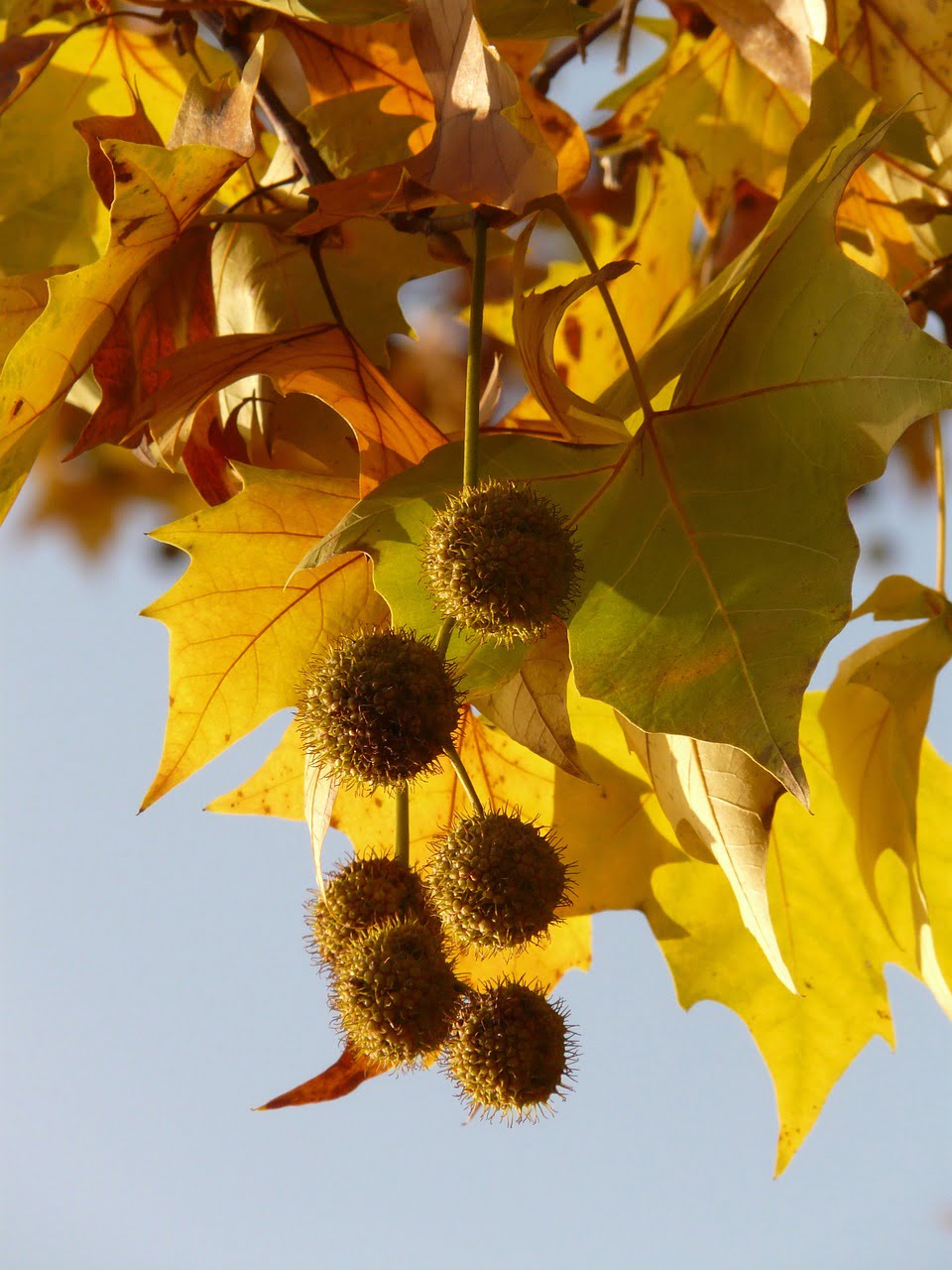
Sycamore and Planting
Introduction
Sycamore trees are known for their majestic beauty and their ability to provide shade. They are widely popular among homeowners and landscapers due to their aesthetic appeal and numerous environmental benefits. In this article, we will explore the process of planting sycamore trees, step by step, and discuss the key considerations to ensure successful growth and development. So, let’s get started and discover how you can add the elegance of sycamore trees to your surroundings.
Table of Contents
- Introduction
- Choosing the Right Sycamore Variety
- Selecting the Planting Location
- Preparing the Planting Site
- Digging the Hole
- Planting the Sycamore Tree
- Watering and Mulching
- Pruning and Training
- Fertilizing the Sycamore Tree
- Protecting Against Pests and Diseases
- Regular Maintenance
- Benefits of Sycamore Trees
- Conclusion
- FAQs
1. Choosing the Right Sycamore Variety
Before planting a sycamore tree, it’s important to select the right variety based on your specific needs and the local climate. The two most common varieties are the American Sycamore (Platanus occidentalis) and the London Plane Tree (Platanus × acerifolia). Consider factors such as size, growth rate, and adaptability when making your decision.
2. Selecting the Planting Location
Sycamore trees thrive in areas with full sun or partial shade, so choose a location that provides these conditions. Ensure that the area has well-drained soil to prevent waterlogging, as sycamores prefer moist but not waterlogged soil. Consider the mature size of the tree and ensure that it will have enough space to grow without being obstructed by nearby structures.
3. Preparing the Planting Site
Prepare the planting site by removing any weeds, grass, or debris. Clear an area around the planting site to avoid competition with other plants. This will help the young sycamore tree establish its roots more easily.
4. Digging the Hole
Dig a hole that is wider and slightly shallower than the root ball of the sycamore tree. The hole should be approximately two to three times the width of the root ball. This will provide enough space for the roots to spread out and establish themselves.
5. Planting the Sycamore Tree
Gently place the sycamore tree into the hole, ensuring that it is upright and at the same level as the surrounding ground. Backfill the hole with soil, firming it gently around the roots to eliminate air pockets. Avoid compacting the soil too tightly, as this can hinder root growth.
6. Watering and Mulching
After planting the sycamore tree, water it thoroughly to settle the soil and provide moisture to the roots. Apply a layer of organic mulch around the base of the tree, leaving a small gap around the trunk. This will help retain soil moisture, suppress weed growth, and regulate soil temperature.
7. Pruning and Training
Pruning is essential for shaping the sycamore tree and removing any dead, damaged, or diseased branches. Perform pruning during the dormant season to minimize stress on the tree.
8. Fertilizing the Sycamore Tree
Sycamore trees generally don’t require heavy fertilization. However, applying a balanced slow-release fertilizer in early spring can promote healthy growth. Follow the manufacturer’s instructions for proper application and dosage.
9. Protecting Against Pests and Diseases
Sycamore trees are susceptible to certain pests and diseases, including anthracnose, powdery mildew, and sycamore lace bugs. Monitor the tree regularly and take preventive measures such as practicing good sanitation, maintaining proper tree health, and using organic insecticides or fungicides when necessary.
10. Regular Maintenance
To ensure the optimal growth and longevity of your sycamore tree, regular maintenance is crucial. This includes watering during dry spells, checking for signs of pests or diseases, removing any competing vegetation, and pruning as needed. Regularly inspect the tree for any structural issues and address them promptly to prevent accidents or damage.
11. Benefits of Sycamore Trees
Sycamore trees offer a multitude of benefits to the environment and the surrounding ecosystem. They provide shade, improve air quality, reduce soil erosion, and offer habitat for various birds and wildlife. Their large, lobed leaves and attractive bark make them a visually appealing addition to any landscape.
Conclusion
Planting a sycamore tree can be a rewarding experience that enhances the beauty of your surroundings while benefiting the environment. By following the steps outlined in this article, you can ensure successful growth and establish a flourishing sycamore tree for years to come.
FAQs
1. How fast do sycamore trees grow?
Sycamore trees are known for their rapid growth, typically reaching a height of 50 to 70 feet within 20 years.
2. Can I plant a sycamore tree close to my house?
It’s recommended to plant sycamore trees at least 50 feet away from structures to avoid potential issues with their expansive root systems.
3. Are sycamore trees prone to any diseases?
Yes, sycamore trees can be susceptible to diseases such as anthracnose and powdery mildew. Regular monitoring and appropriate preventive measures can help mitigate these issues.
4. Do sycamore trees require special care during winter?
Sycamore trees are generally hardy and can tolerate cold temperatures. However, providing a layer of mulch around the base can protect the roots during harsh winter conditions.
5. How long does it take for a sycamore tree to reach maturity?
Sycamore trees typically take around 20 to 30 years to reach full maturity and develop their characteristic large size and broad canopy.
In conclusion, planting a sycamore tree requires careful consideration of the variety, planting location, and proper maintenance. By following the steps outlined in this article, you can successfully plant and nurture a sycamore tree, enjoying its beauty and the environmental benefits it brings to your surroundings.